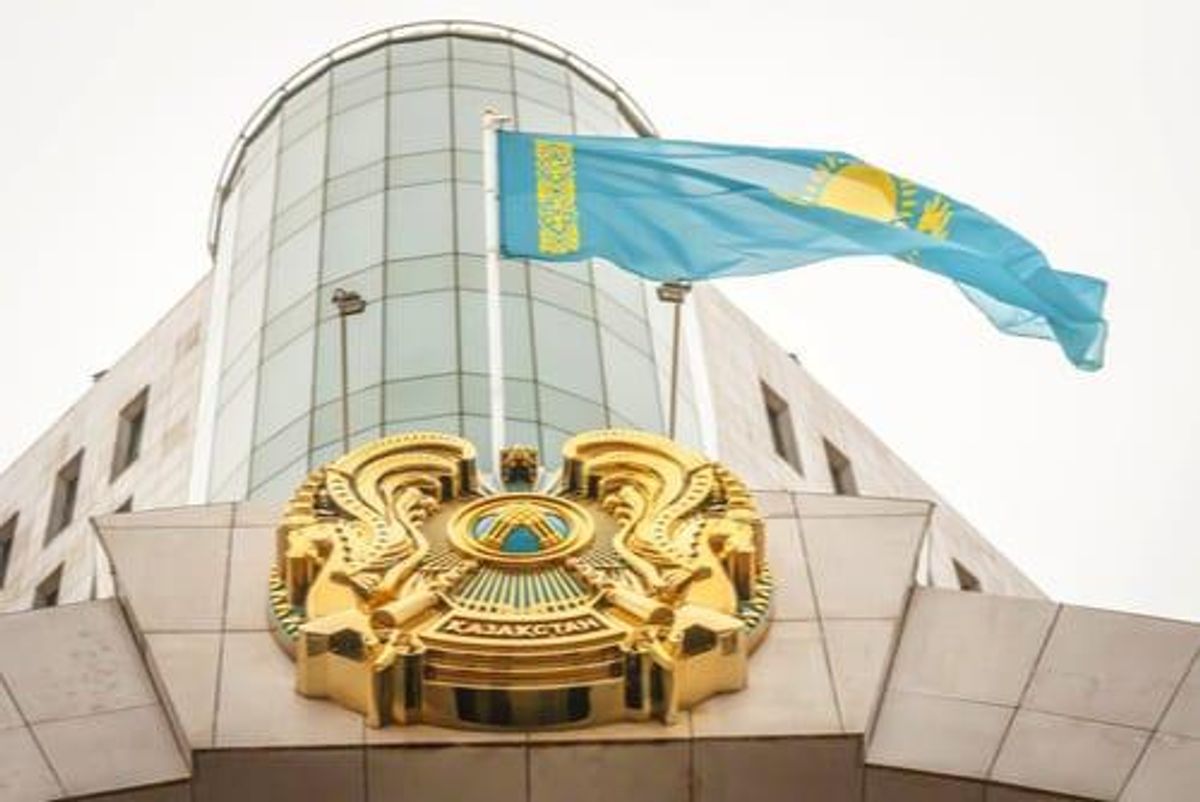Uranium Mining in Kazakhstan
Kazakhstan is the global leader in uranium production, accounting for more than 40 percent of global uranium production.

Uranium mining in Kazakhstan has grown significantly over the past two decades, allowing the Central Asian nation to become the world’s largest uranium-mining country.
With 12 percent of global uranium resources and an expanding mining sector, Kazakhstan accounts for more than 40 percent of global uranium production. The country produced 22,800 metric tons of uranium in 2019.
As Kazakhstan’s leading uranium producer and the largest global uranium producer by volume, Kazatomprom is responsible for nearly one-quarter of global uranium output.
Kazatomprom operates 17 uranium mines and has partnerships with other major uranium producers such as Cameco (TSX:CCO,NYSE:CCJ), Orano and Rosatom. In addition to its uranium-mining and nuclear fuel distribution activities, the company has actively pursued a strategy of obtaining downstream interests in order to generate earnings from processing operations.
Like many companies, Kazatomprom has experienced disruptions due to COVID-19. In April of last year, the uranium-mining company said it expected Kazakhstan’s annual domestic uranium production for 2020 to be as much as 4,000 metric tons lower than the previously expected range of 22,750 to 22,800 metric tons. However, it thought it would have enough uranium inventory to meet its contract commitments.
At the beginning of the new year, the company reported a preliminary 2020 output figure of 19,477 metric tons of uranium, and issued 2021 guidance of 22,500 to 22,800 metric tons.
Uranium mining in Kazakhstan: Strategic location
Kazakhstan is the second largest former Soviet republic by area after Russia. In 2002, Kazakhstan became the first country in the former Soviet Union to receive an investment-grade credit rating.
Along with vast uranium ore supplies, the country possesses expansive oil, gas and coal deposits and plentiful resources, including gold, copper, chromium, lead and zinc.
Kazakhstan’s strategic location between China and Europe and the ability to quickly transport goods from one region to another gives the country direct access to a market of nearly 500 million people.
“Strategically, it links the fast-growing markets of China and South-East Asia to the Middle East and Western Europe, about 65 percent of the world’s gross domestic product, with roads and railroads as well as with the ports of the Caspian Sea,” according to Jandos Temirgali, strategic projects advisor to the chairman of Kazakh Invest.
Uranium mining in Kazakhstan: Nuclear power
Kazakhstan has no national electricity grid; however, a northern grid connects it to Russia, and additional links to the south adjoin Kyrgyzstan and Uzbekistan.
In 2017, 69 percent of the country’s electricity production originated from coal, while 19 percent came from natural gas, 11 percent came from hydro and a very minuscule amount came from wind.
The Kazakhstan government’s energy system development plan, outlined in 2012, calls for changes to the country’s energy mix that would include 4.5 percent of electricity generation coming from nuclear power and 10 percent from renewable energy by 2030.
At the moment, Kazakhstan has two proposed and planned nuclear power plants, with the preferred sites being Ulken and Kurchatov. In the past, the country operated a nuclear power plant from 1972 until 1999; it surpassed its original expected lifetime by six years.
Although nuclear power does not currently supply any of Kazakhstan’s domestic electricity demand, the nation’s close proximity to the tremendous growth markets of both China and India is noteworthy. China has 45 nuclear power plants in operation, 12 under construction and 30 planned; for its part, India has 22 nuclear power plants in operation, seven under construction and 14 planned.
This is an updated version of an article first published by the Investing News Network in 2011.
Don’t forget to follow us @INN_Resource for real-time updates!
Securities Disclosure: I, Melissa Pistilli, hold no direct investment interest in any company mentioned in this article.






